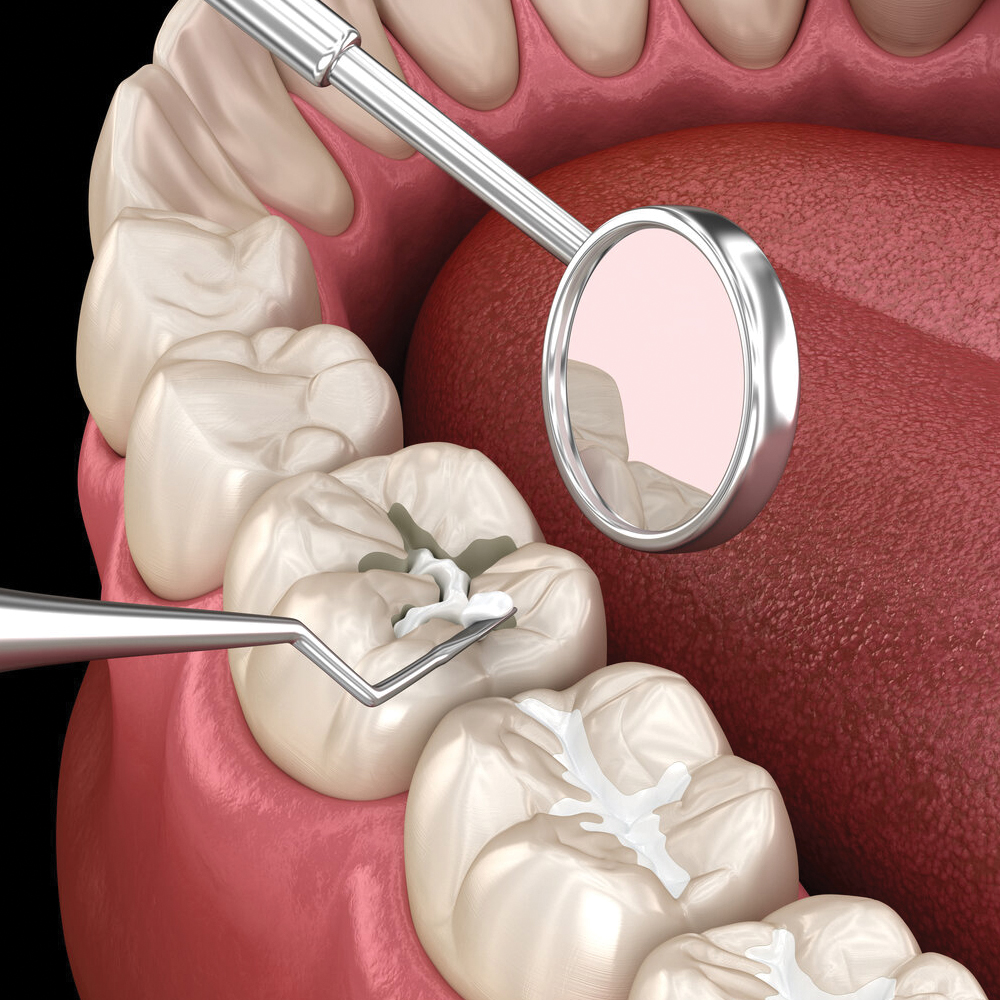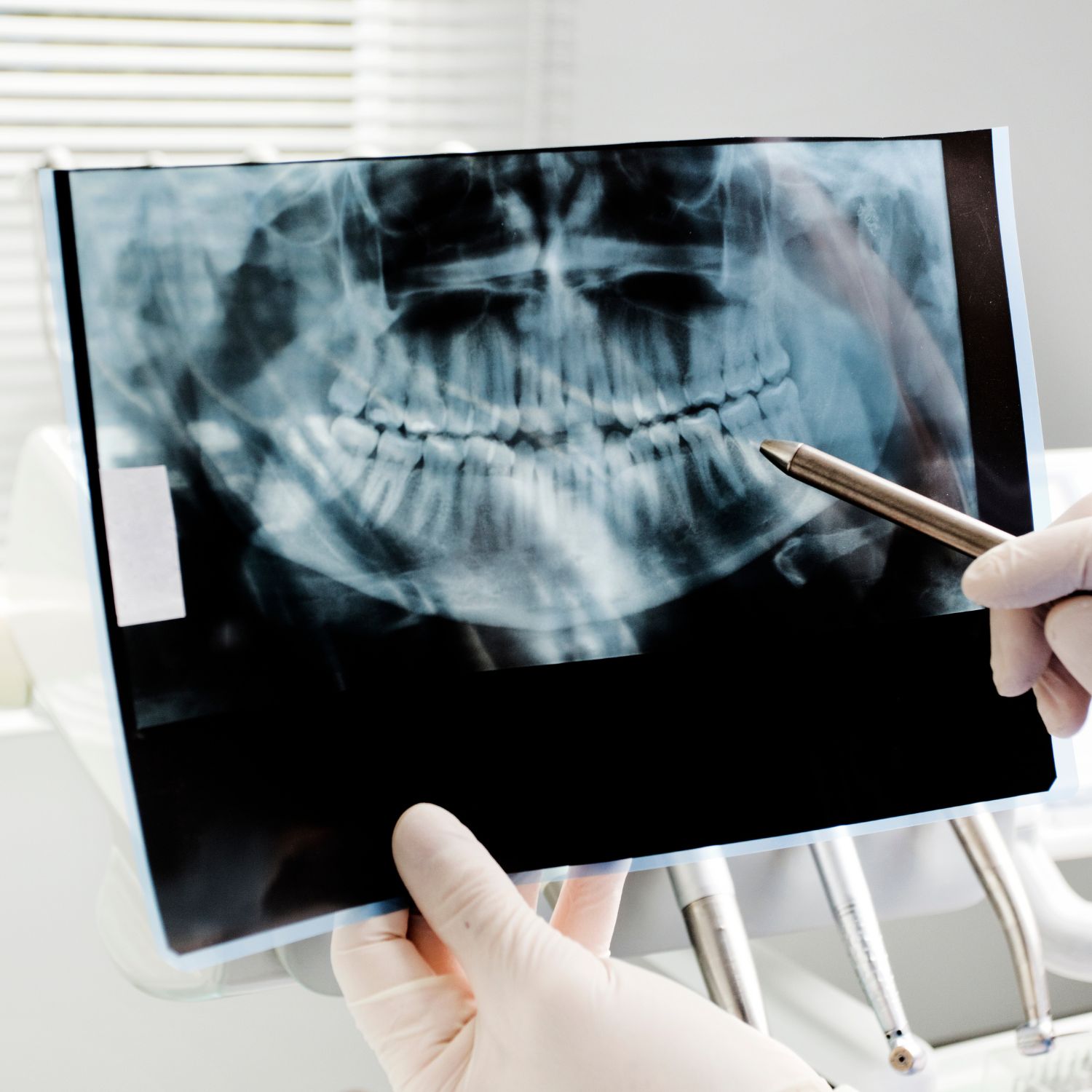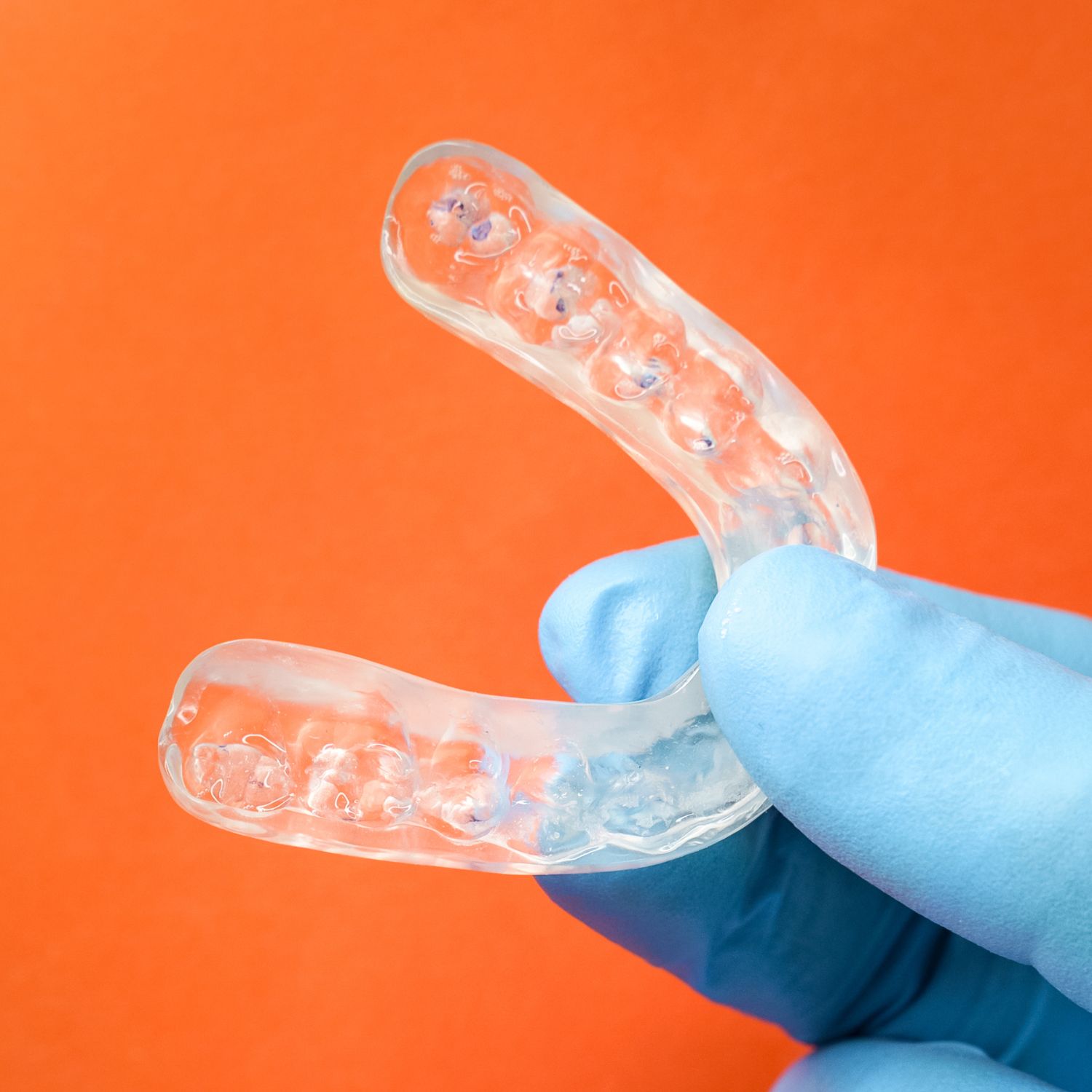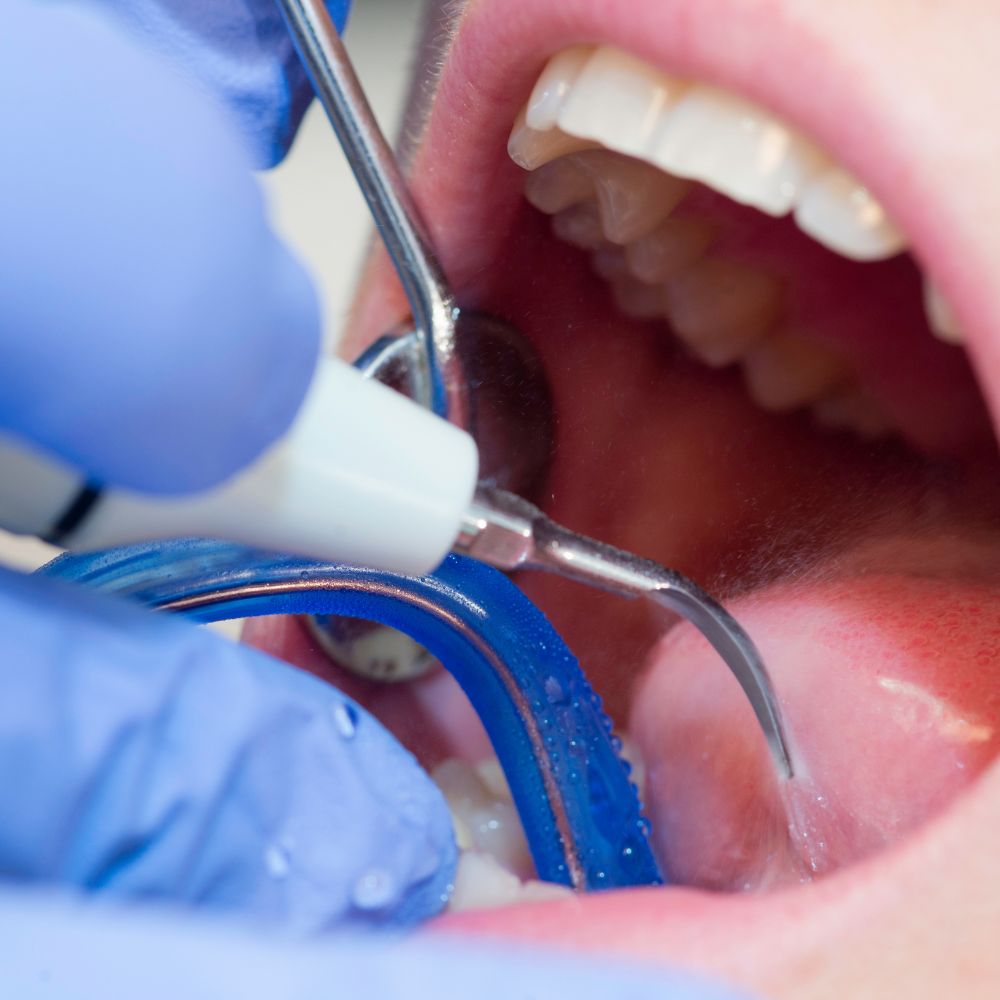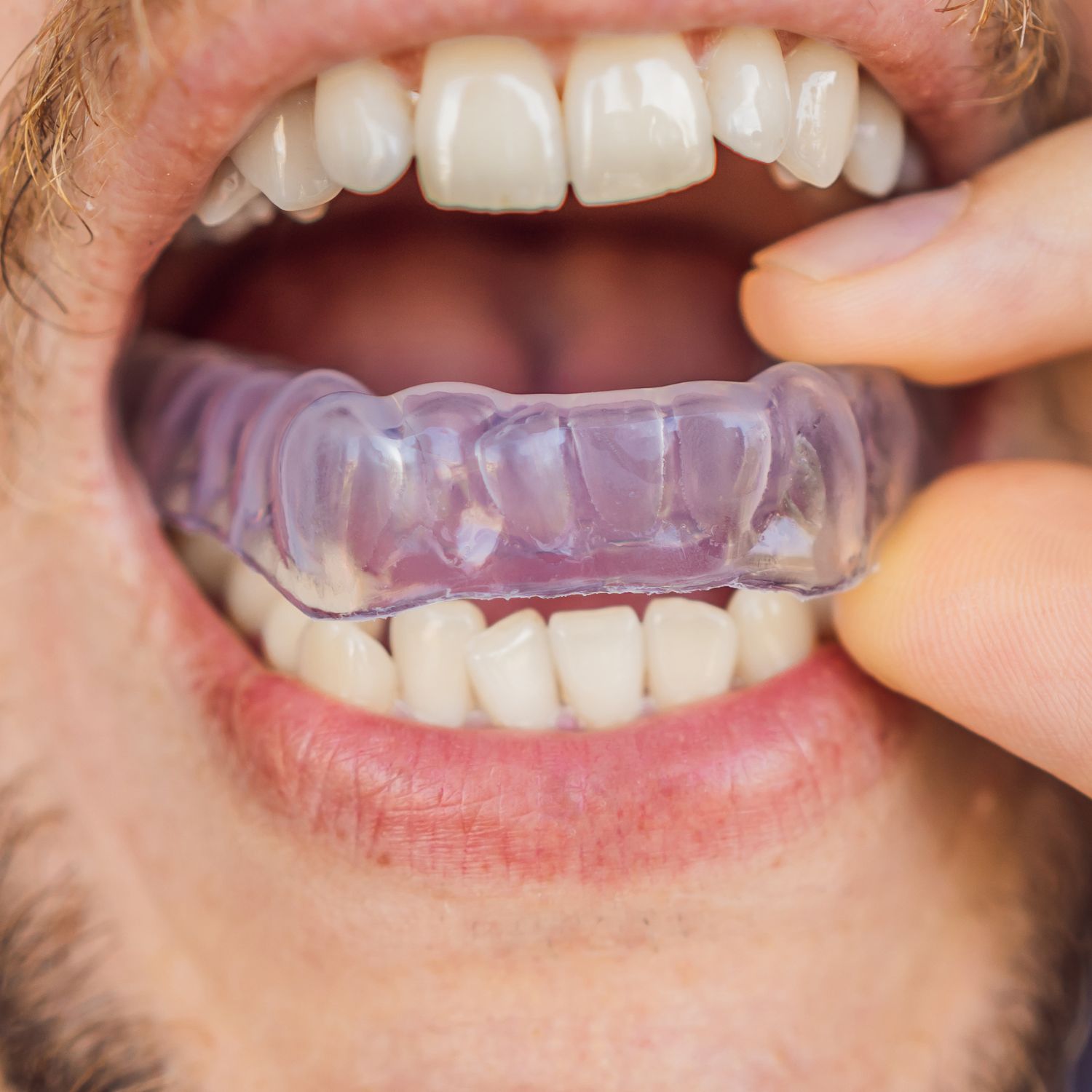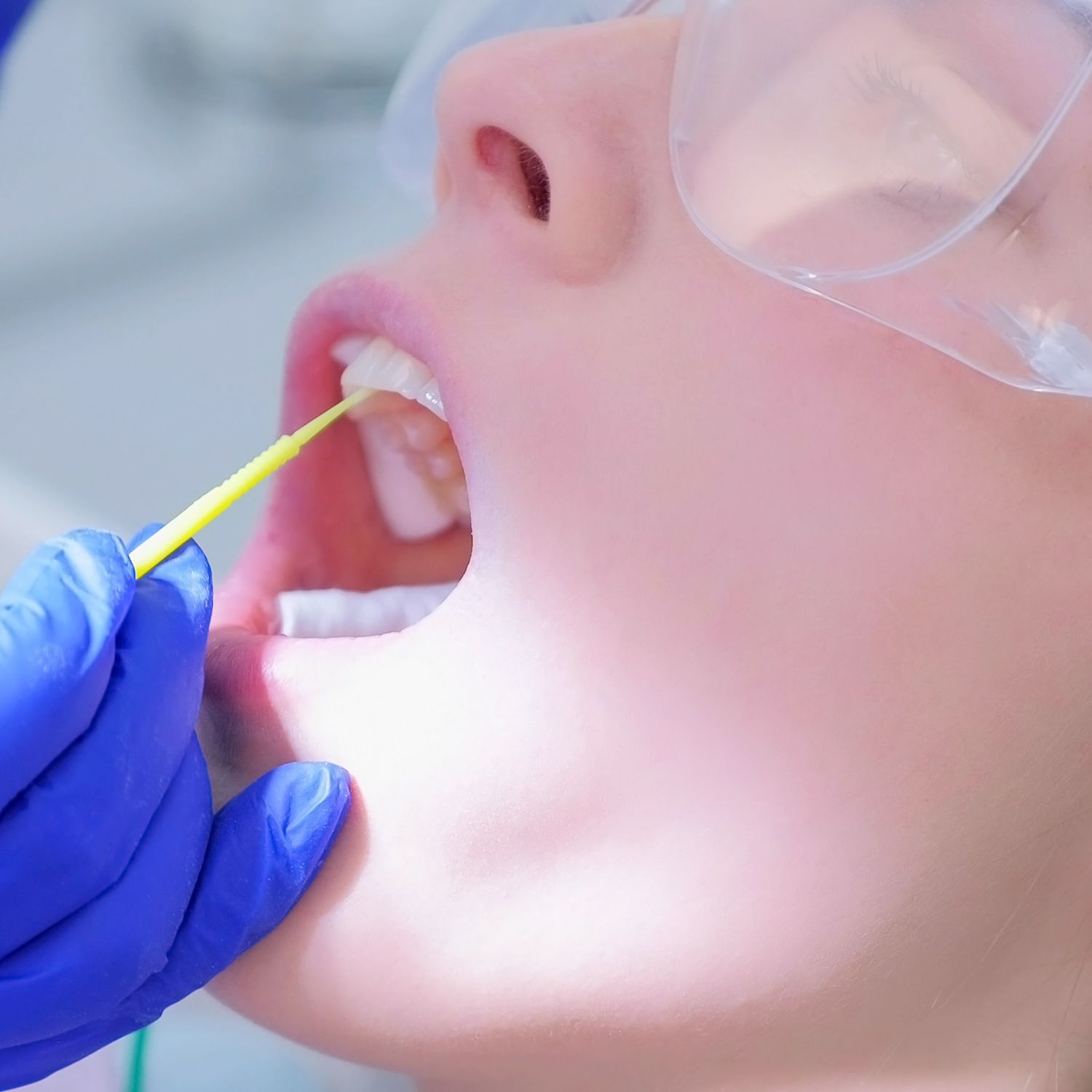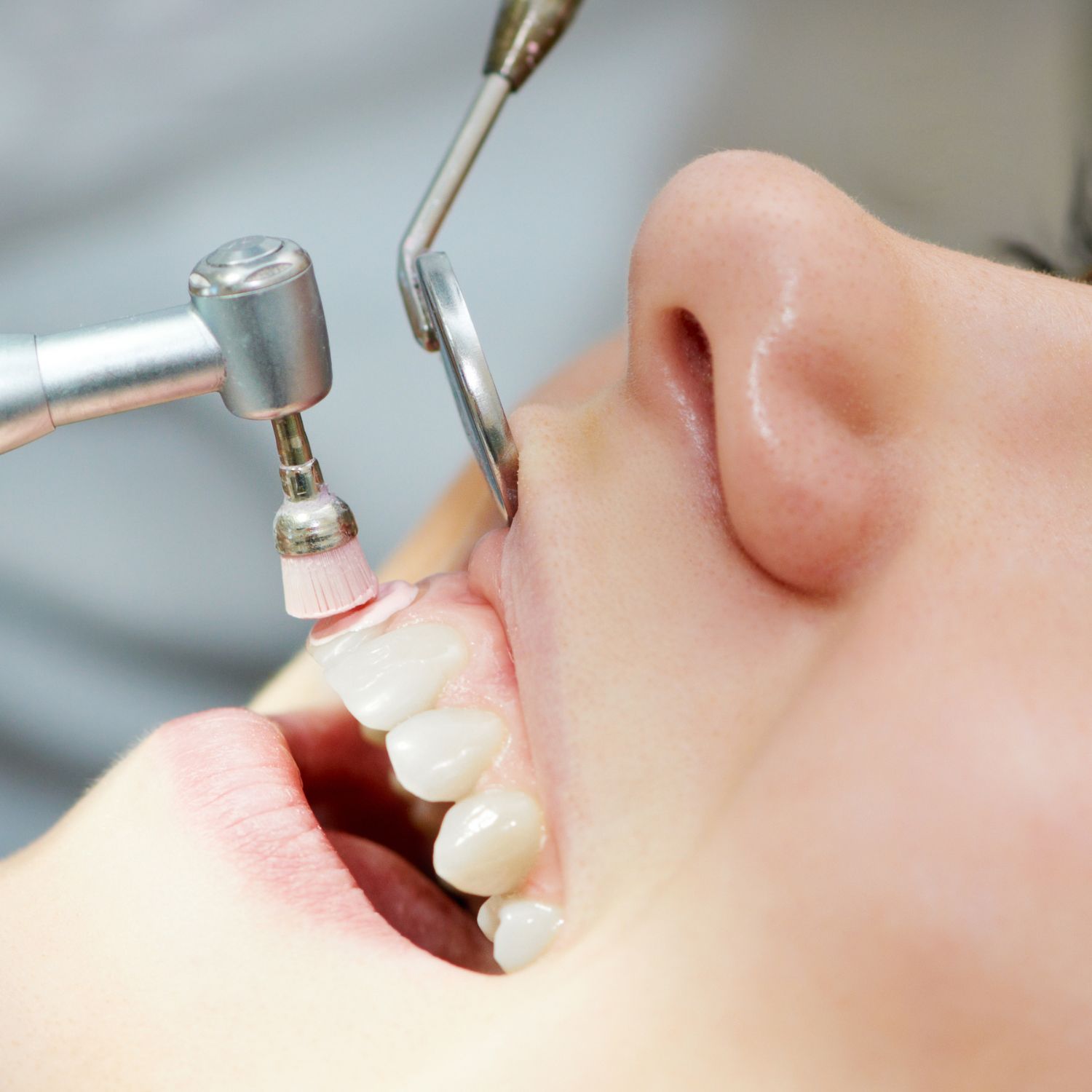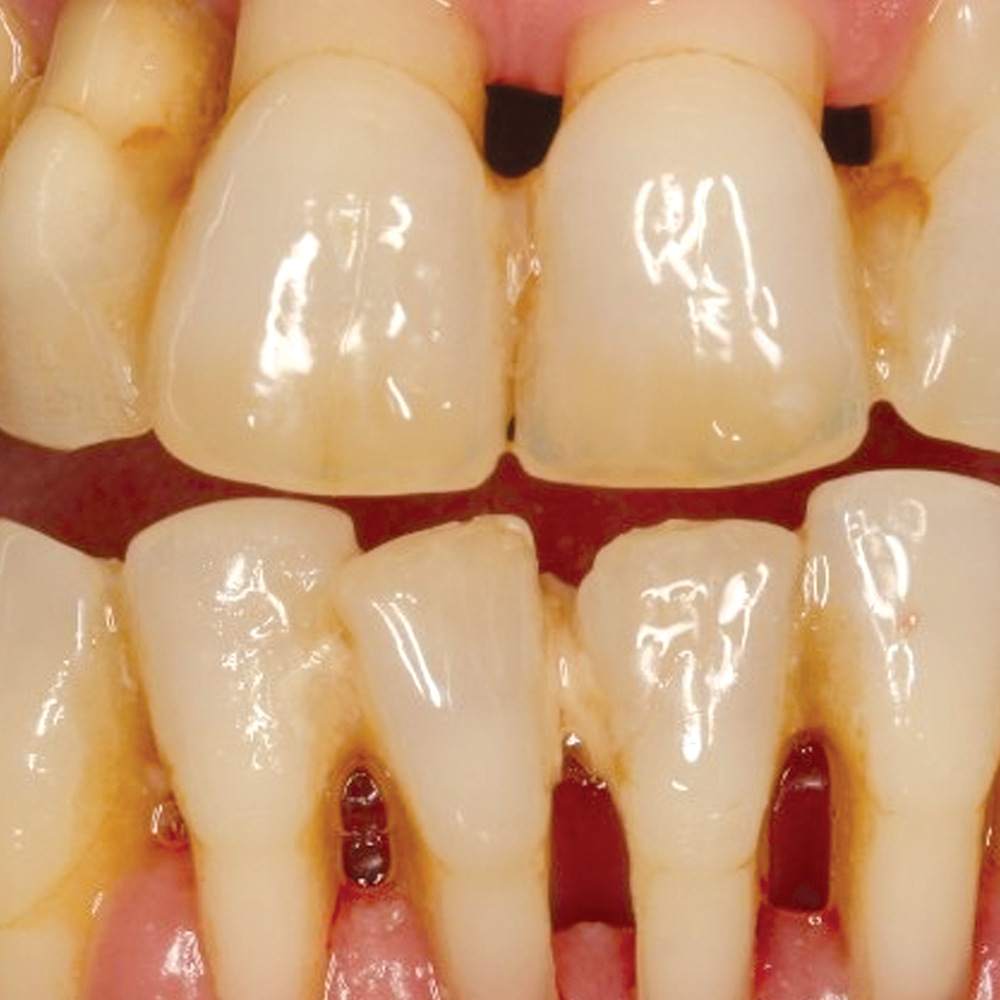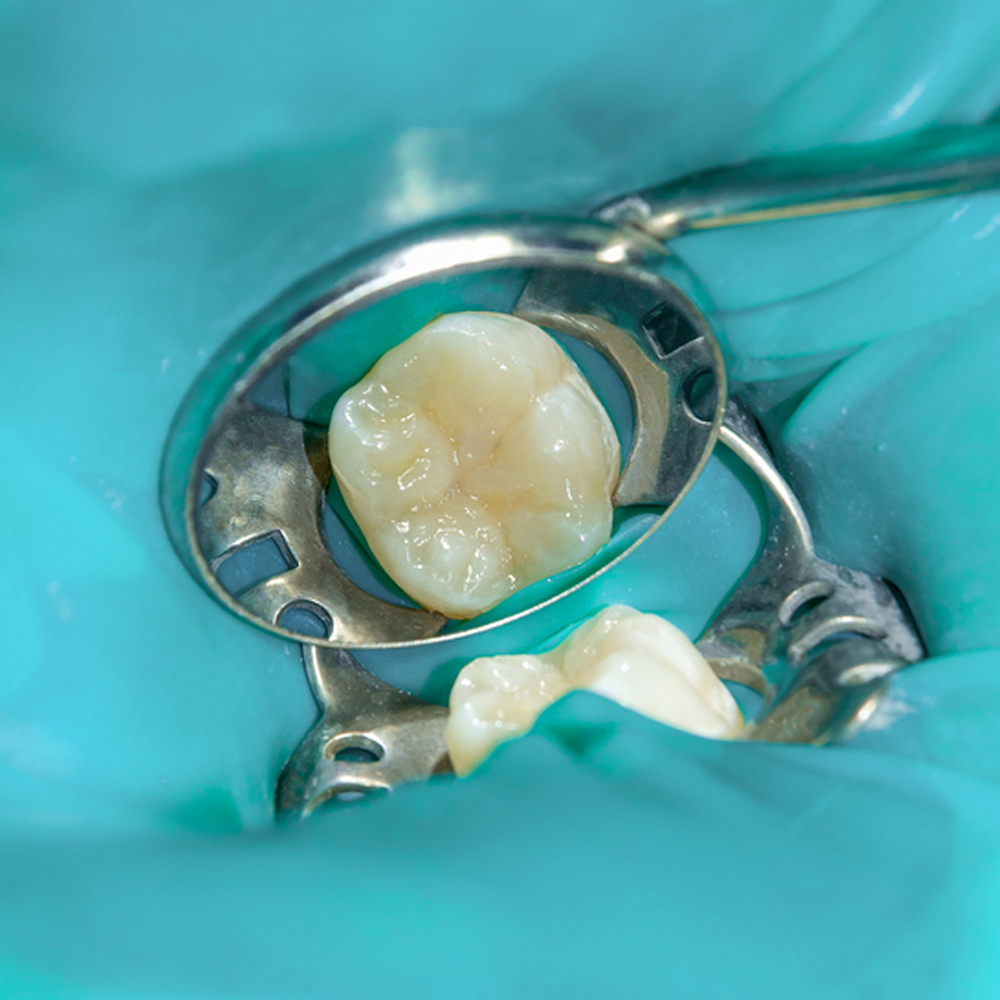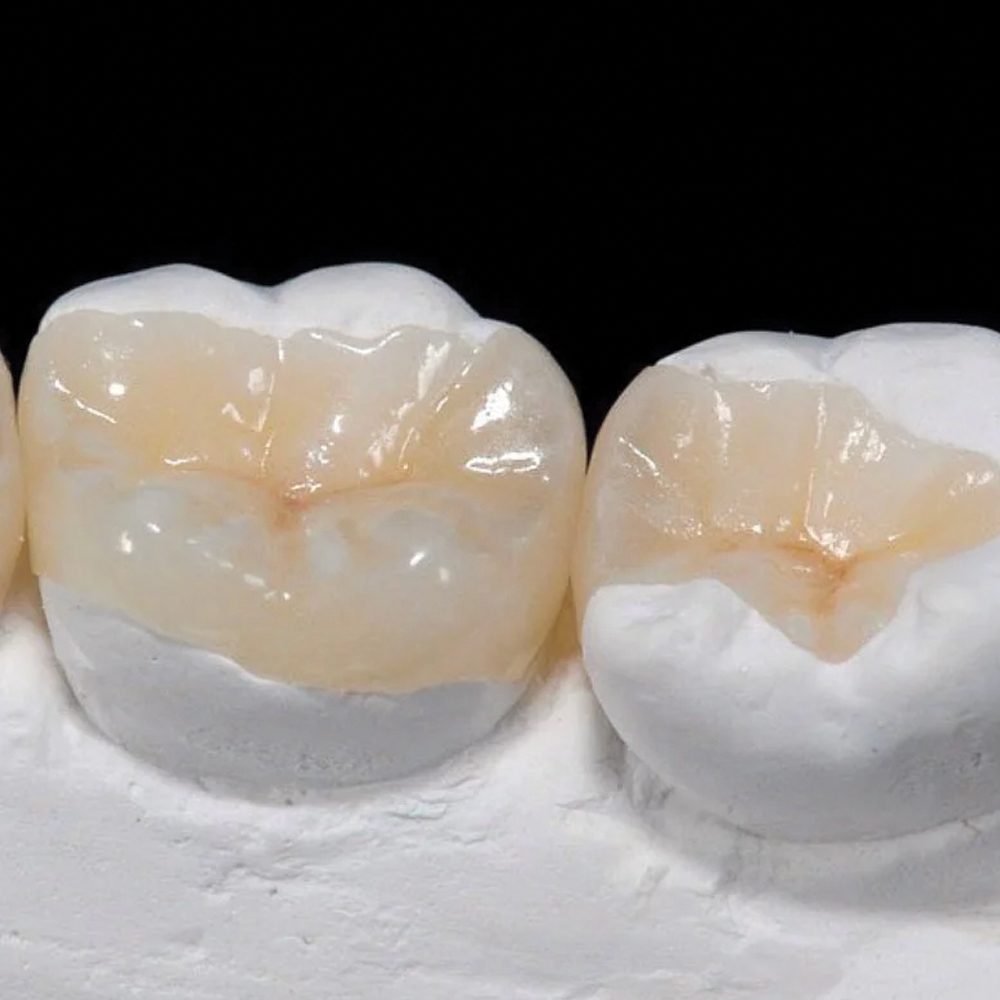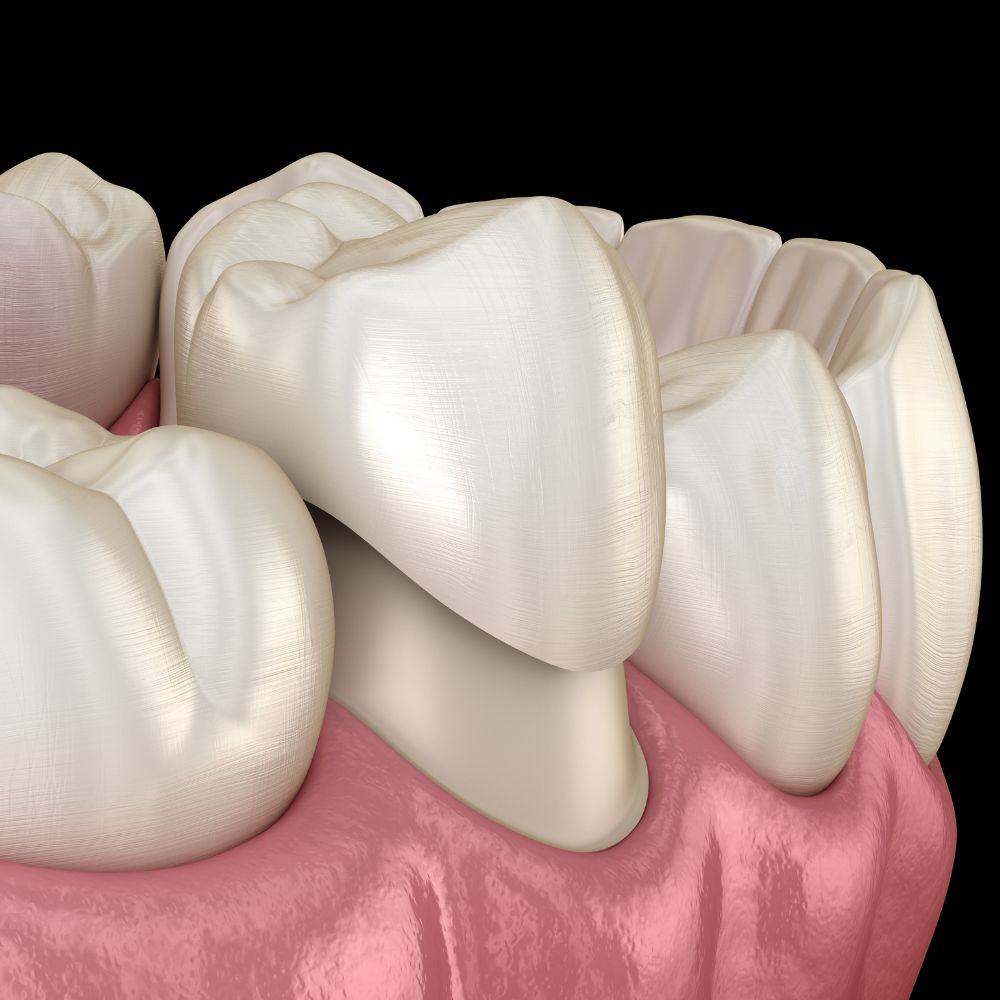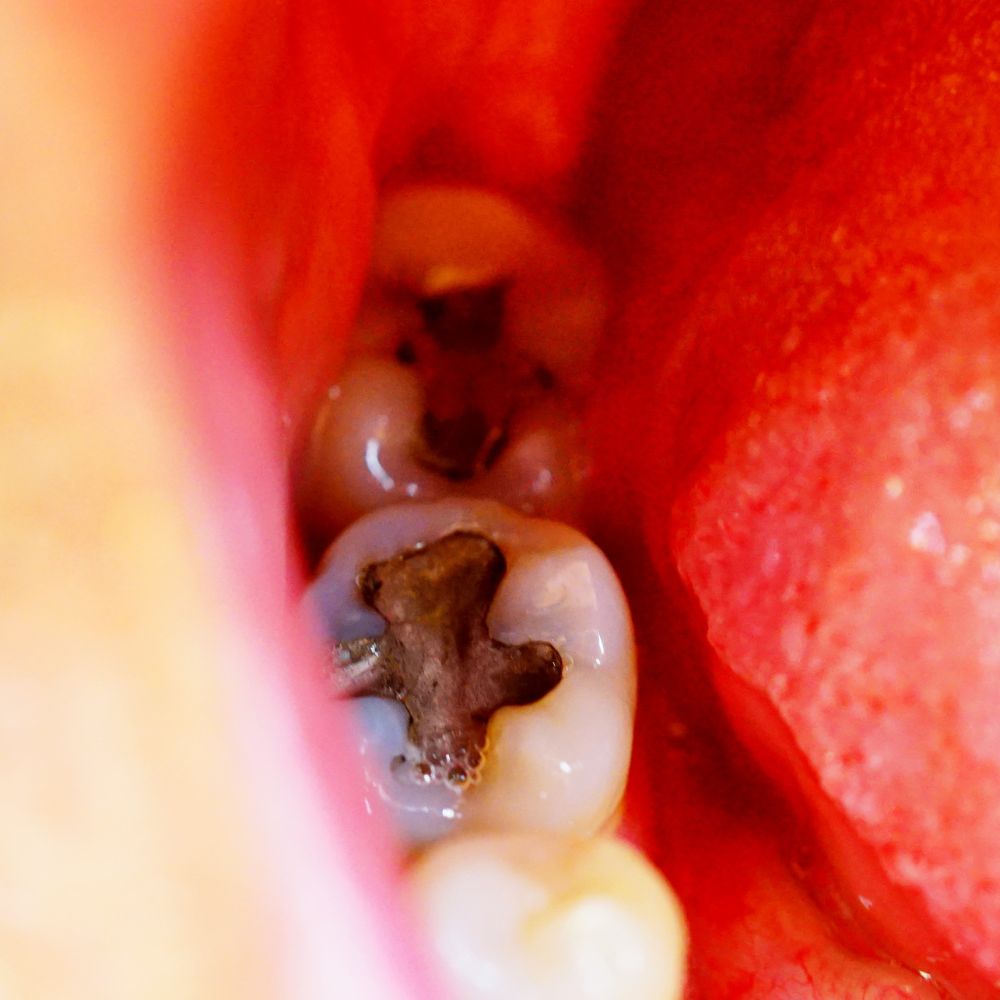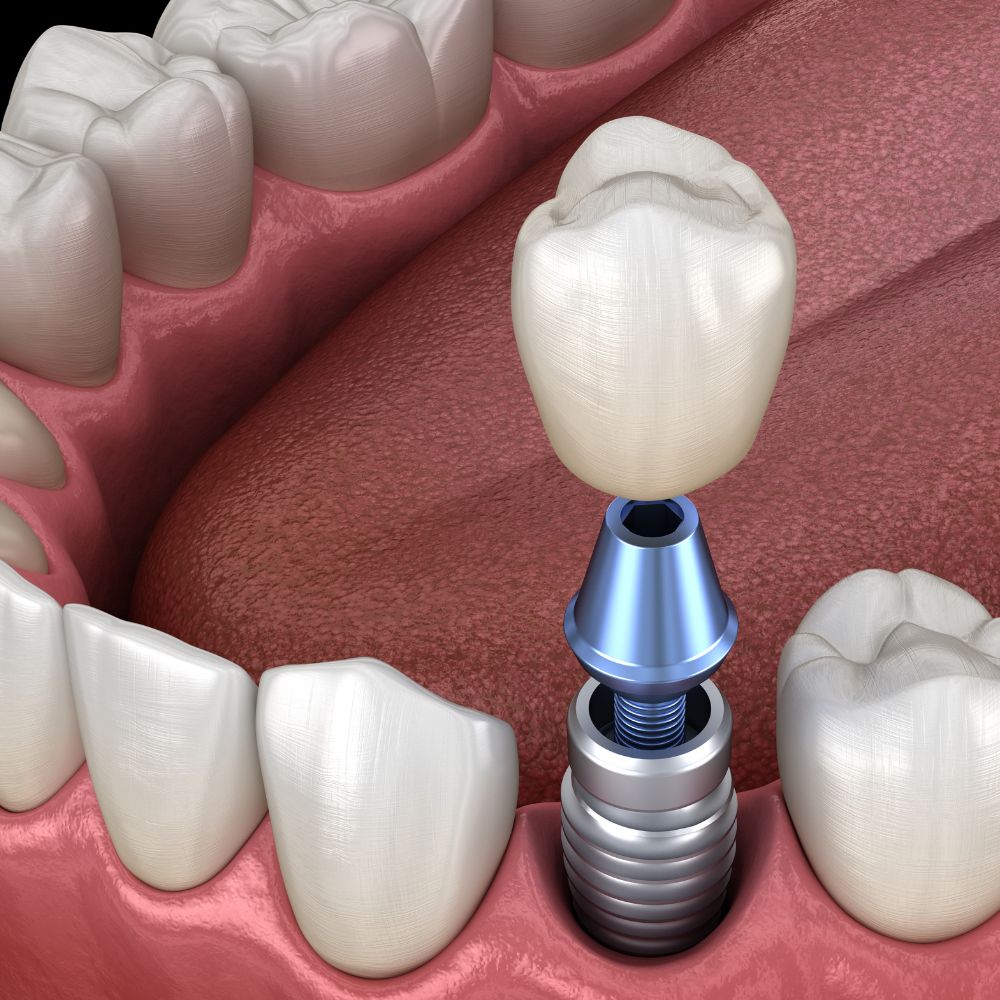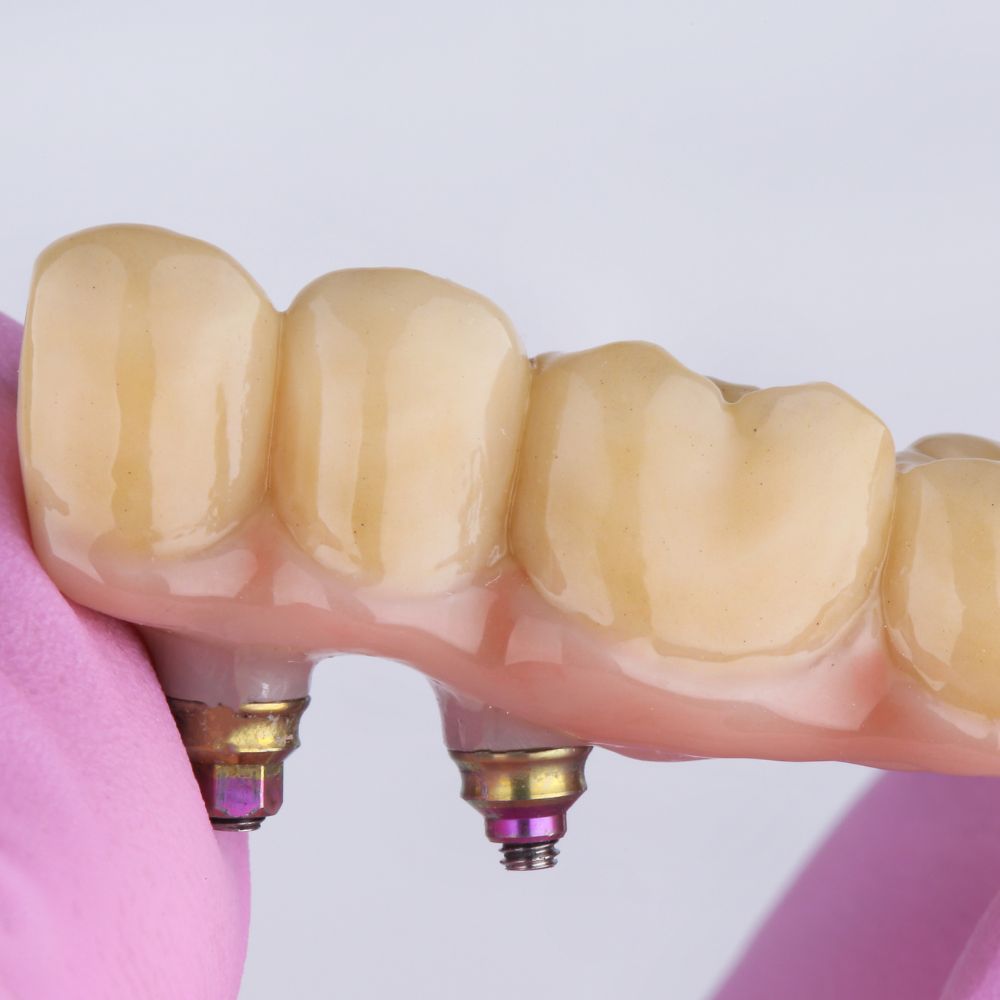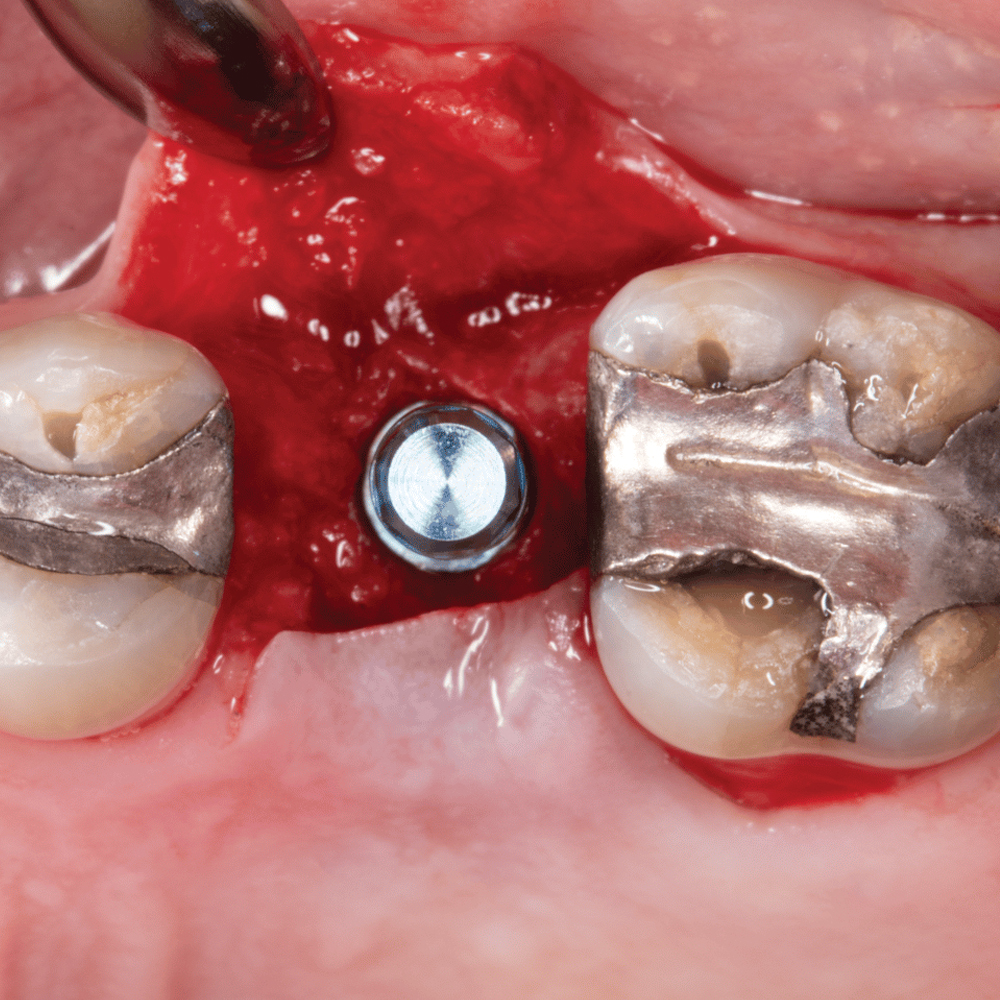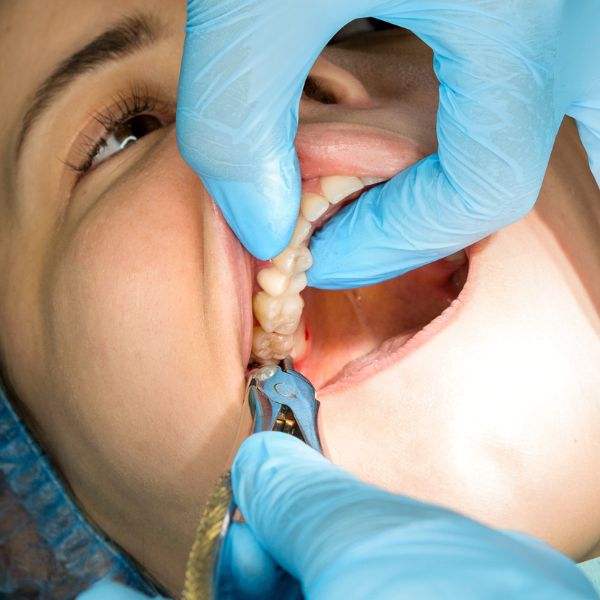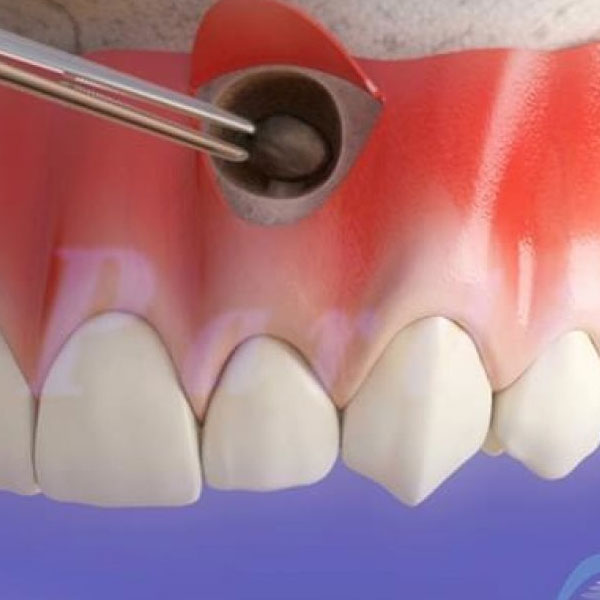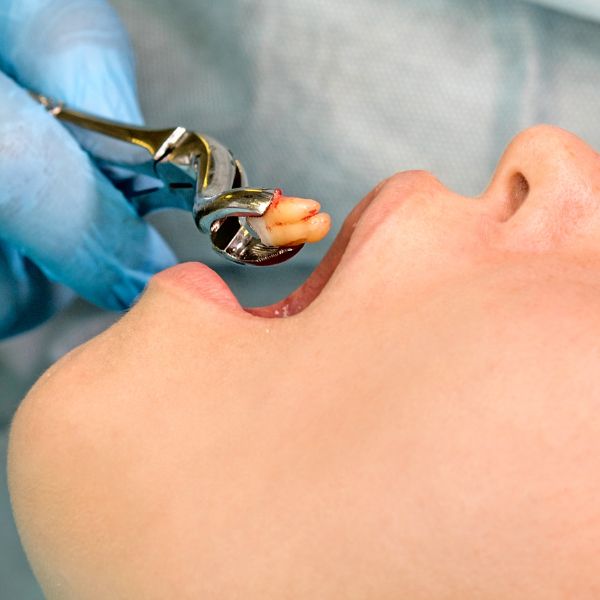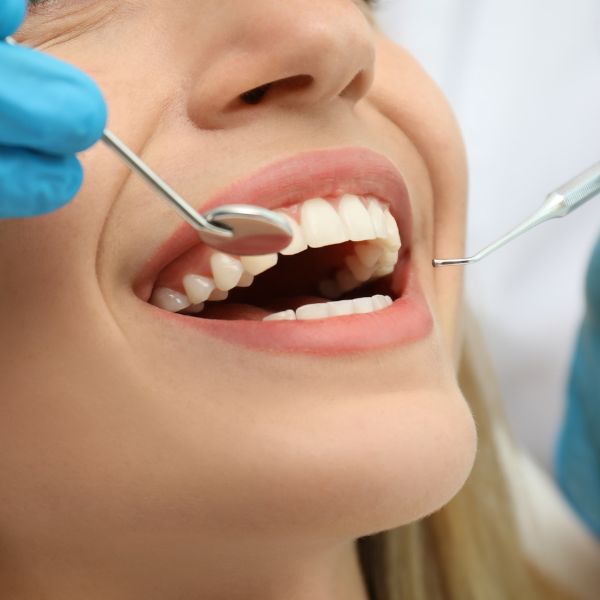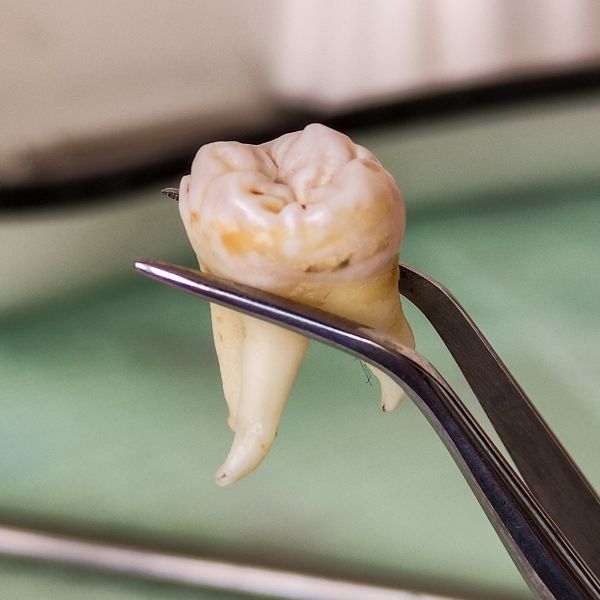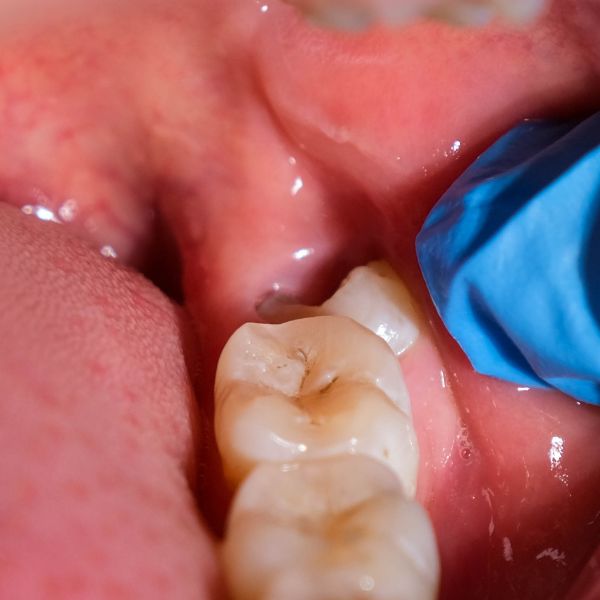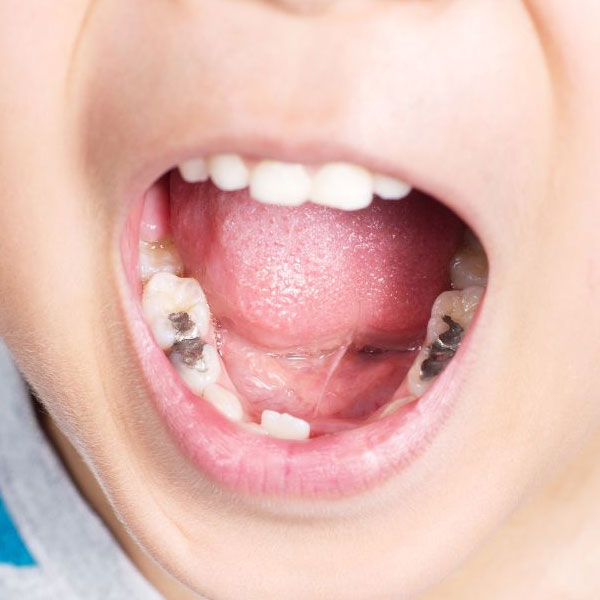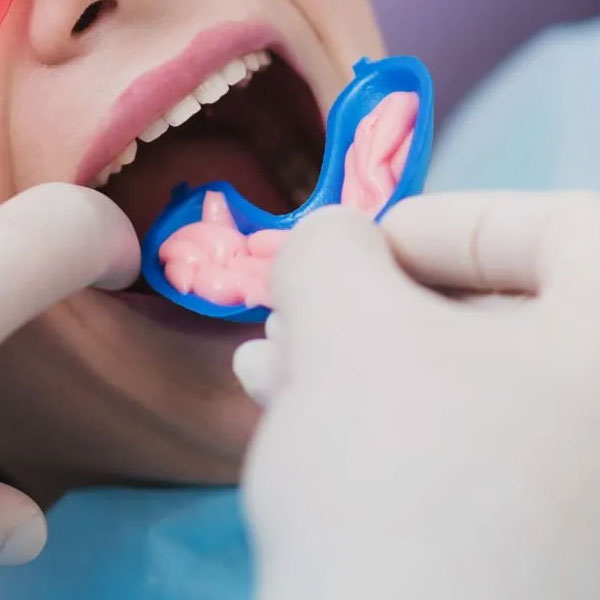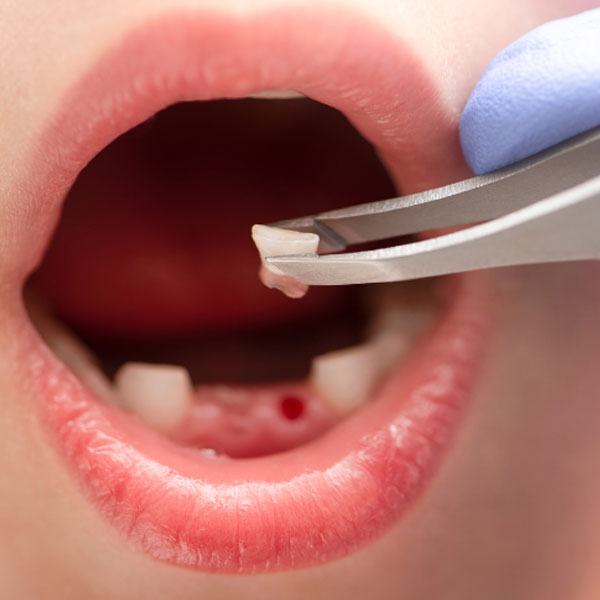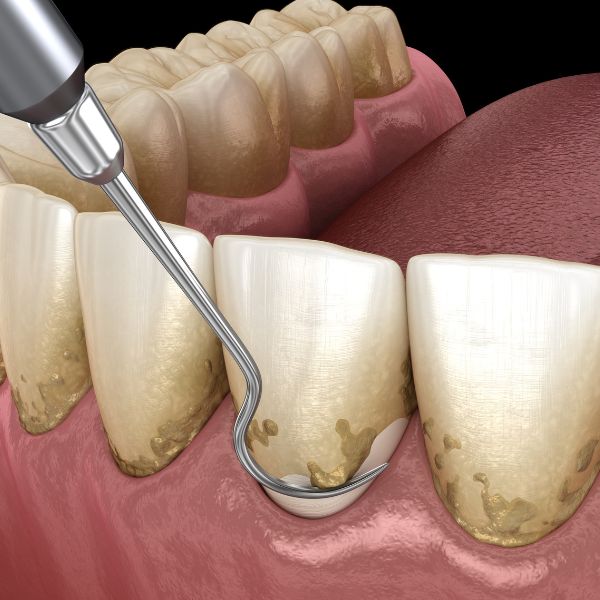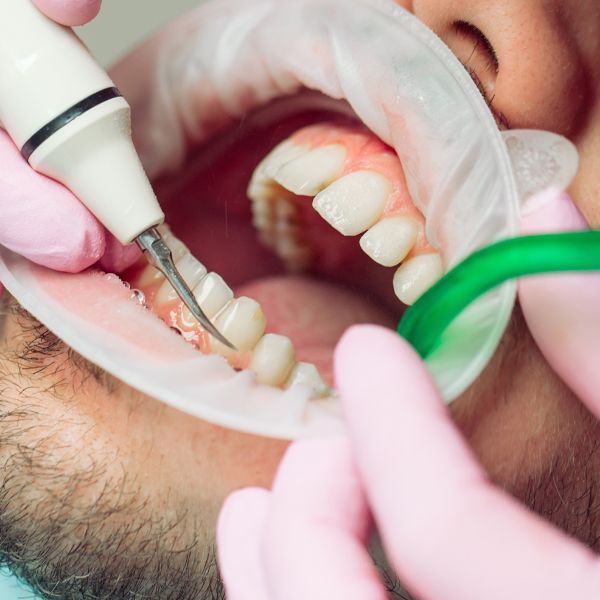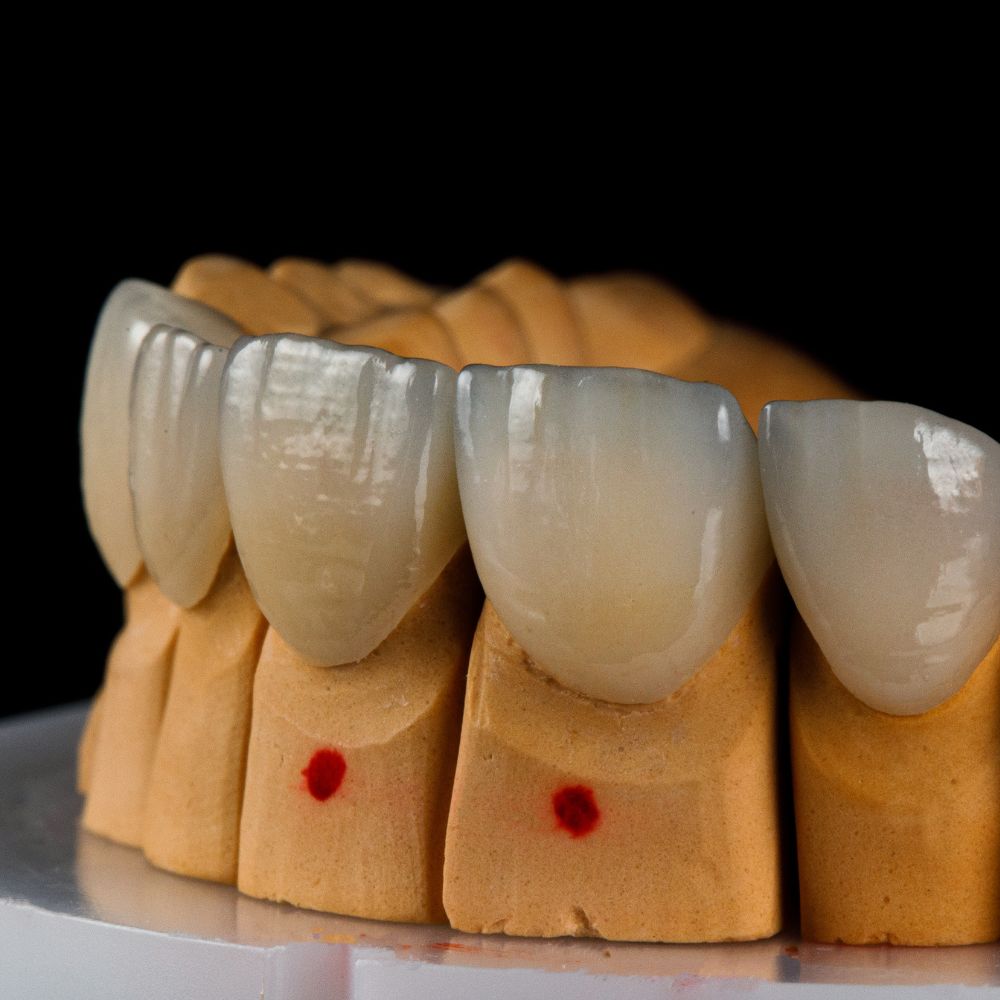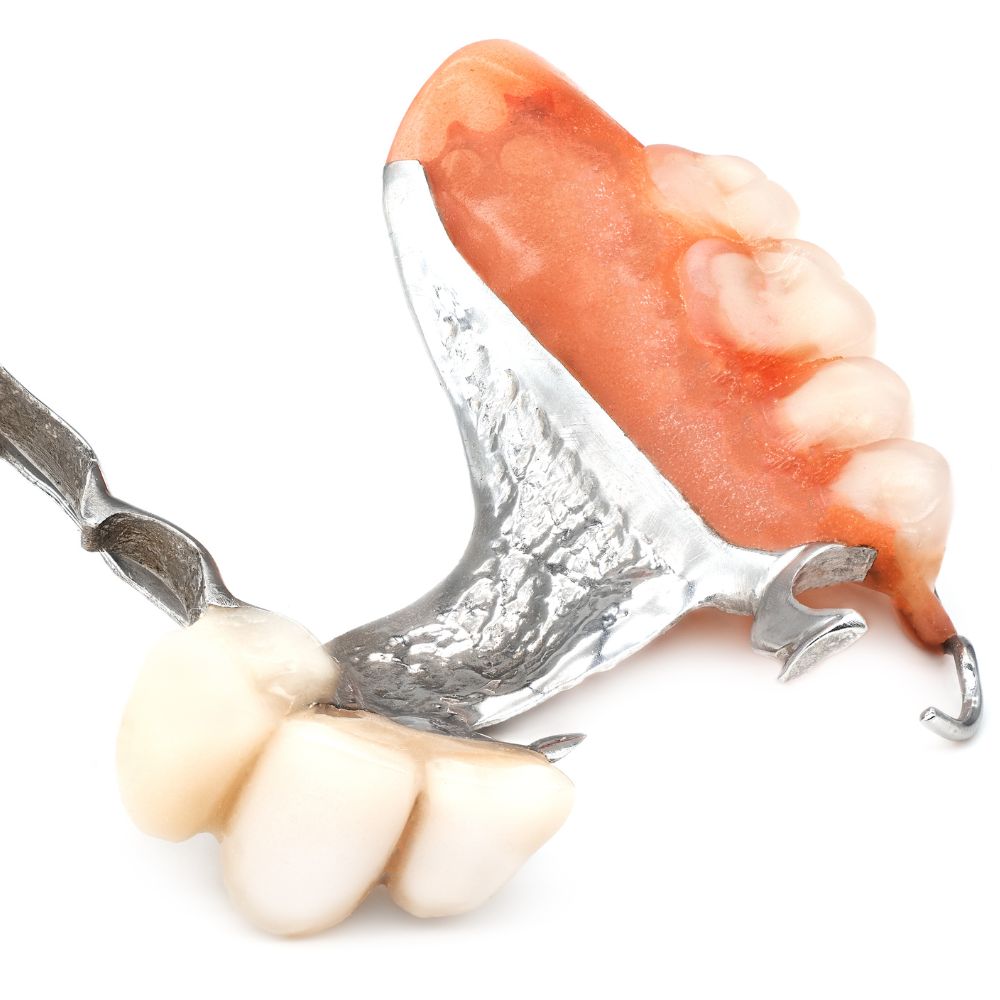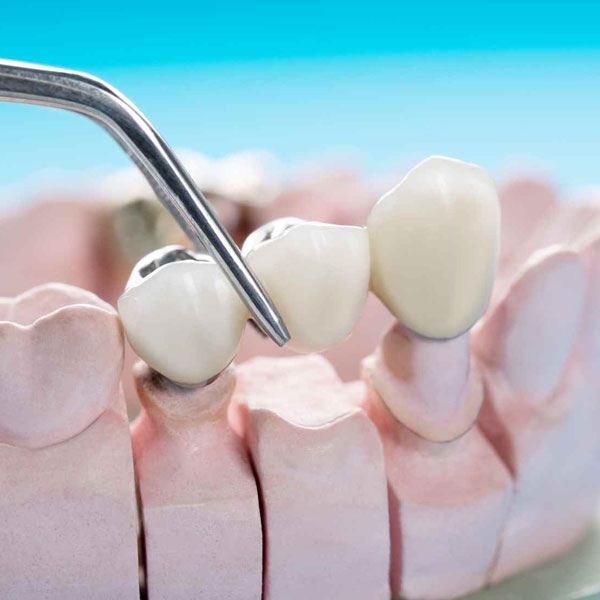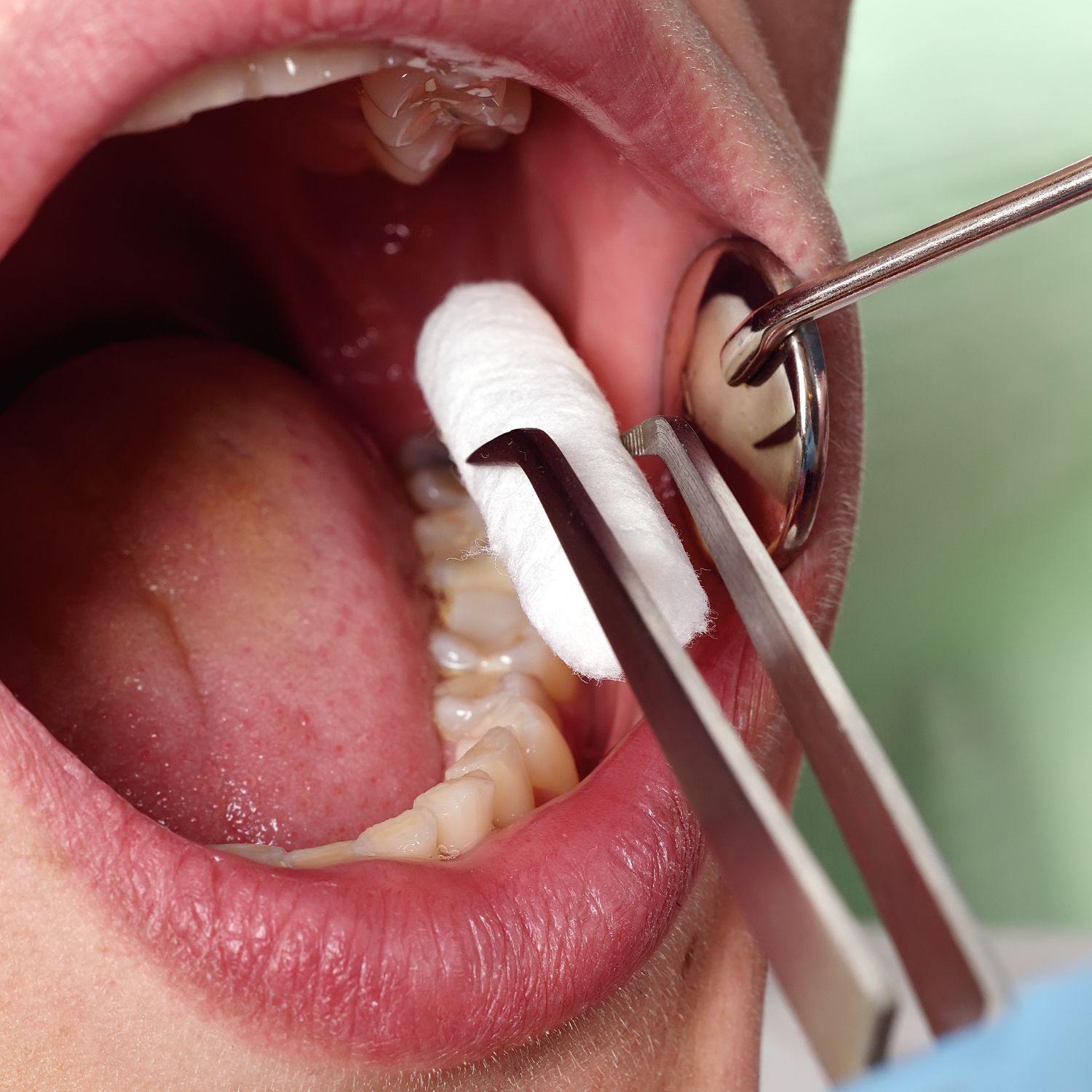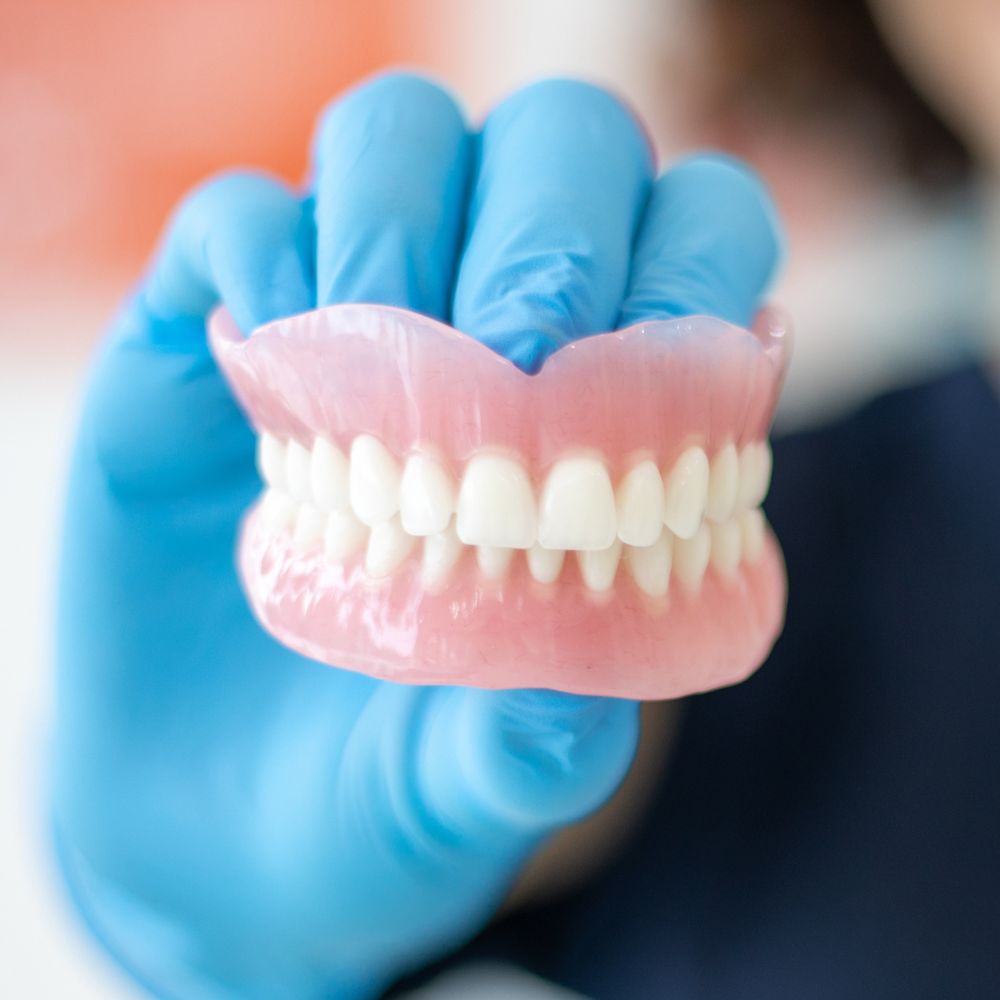Extraction of Teeth
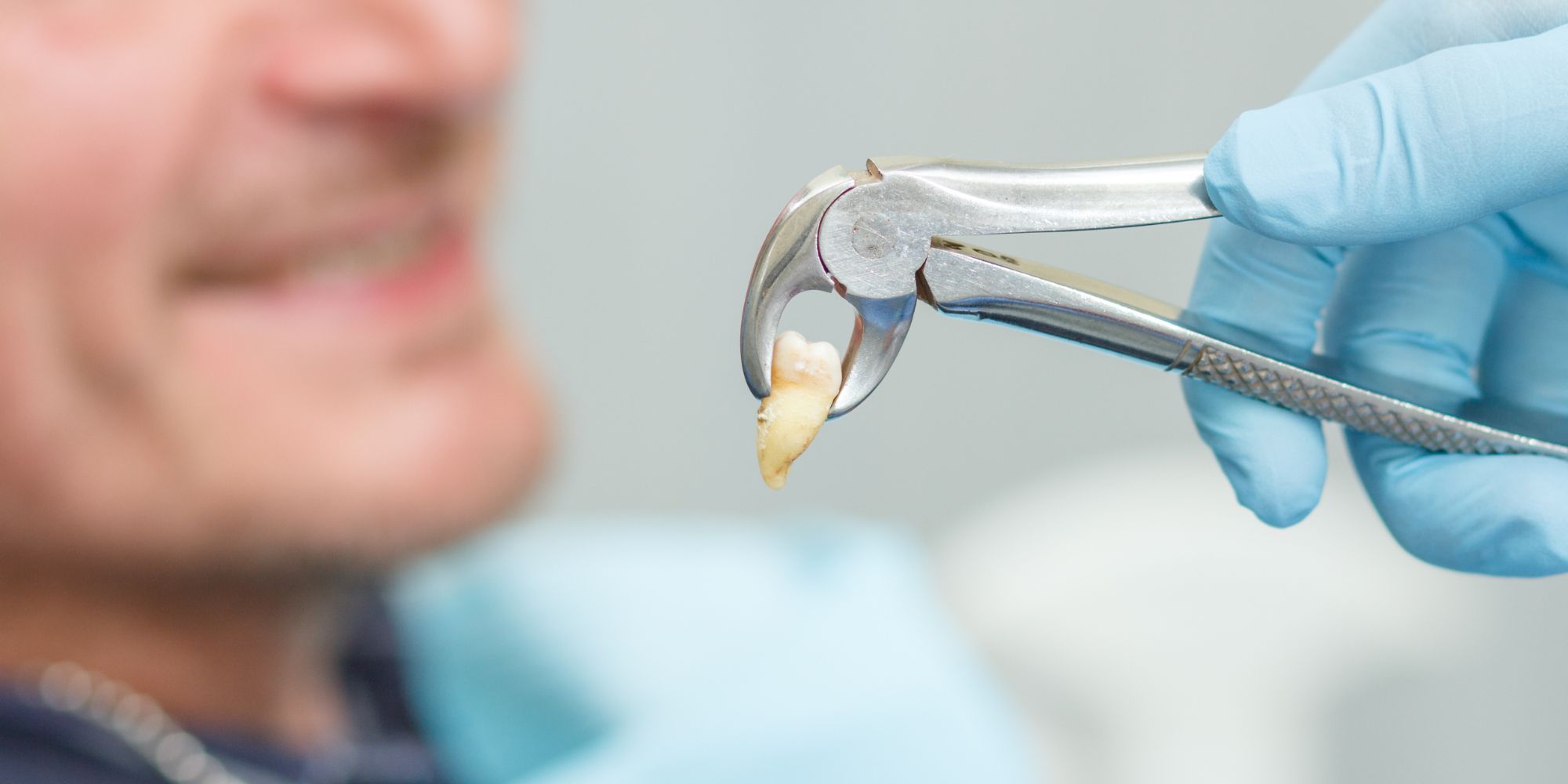
Extraction of Teeth
A tooth extraction is a dental procedure that involves removing a tooth from its socket in the jaw. While many people may feel anxious at the thought of having a tooth extracted, it is important to understand that tooth extraction plays a key role in maintaining oral health.
Reasons for tooth extraction
There are several reasons why a tooth may need to be extracted. A common reason is severe tooth decay that has caused irreparable damage to the tooth. In some cases, a tooth may be too damaged to be saved with treatments such as fillings or root canals, and extraction becomes the best option to prevent further infection or pain. Additionally, overcrowded teeth may necessitate the removal of one or more teeth to make room for proper alignment.
Impacted teeth, meaning they cannot erupt properly from the gum line, may also require extraction to relieve pain and prevent complications. Finally, teeth that are severely infected or damaged due to gum disease or trauma may need to be extracted to protect overall oral health.
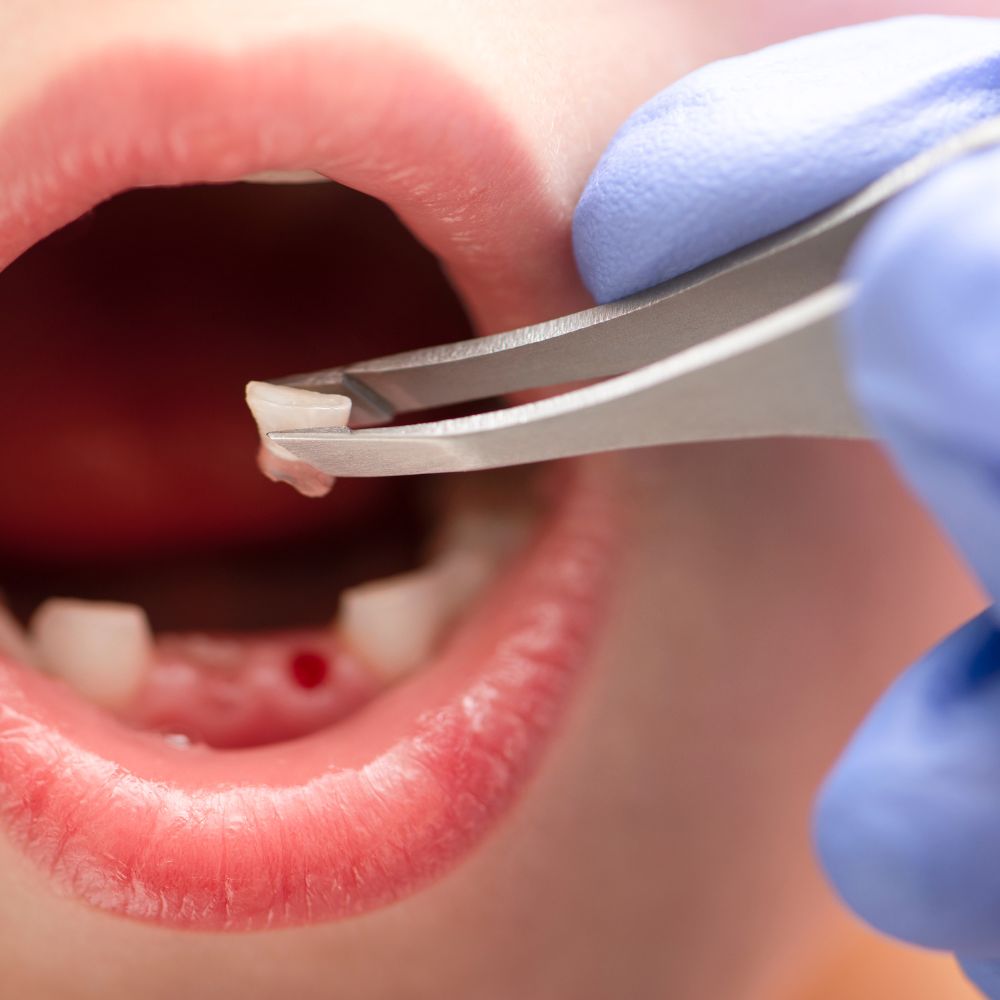
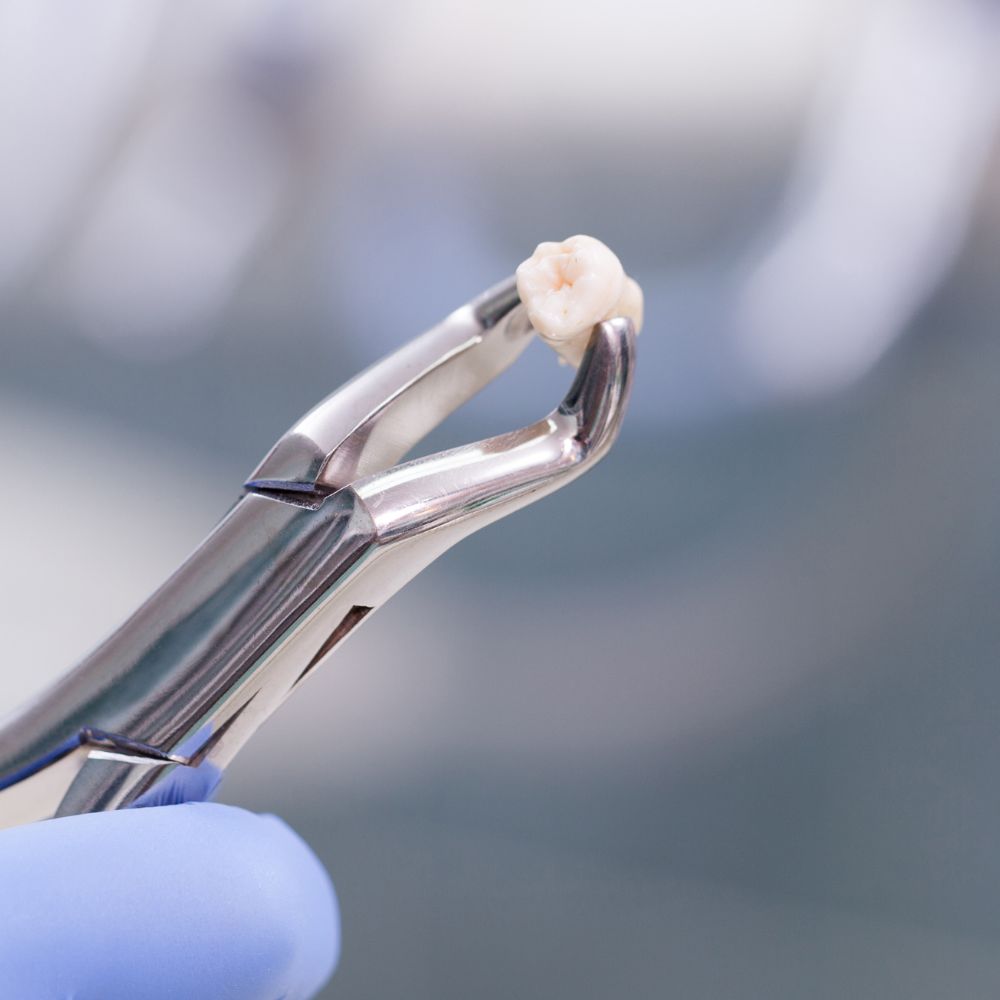
Types of tooth extractions
There are two main types of tooth extractions: simple extractions and surgical extractions. Simple extractions are performed on teeth that are visible above the gum line and can be easily removed. The dentist will use a tool called an elevator to loosen the tooth and then extract it using forceps. On the other hand, surgical extractions are more complex and involve the removal of teeth that are not easily accessible. This can include knocked out teeth or teeth that are broken at the gum line. Surgical extractions often require an incision in the gums and sometimes the removal of bone tissue to fully extract the tooth.
The tooth extraction procedure
The tooth extraction process usually begins with a thorough examination of the tooth and surrounding tissues. This may include taking dental x-rays to assess the condition of the tooth's roots and surrounding bone. Before the extraction, a local anesthetic will be administered to numb the area and ensure a painless procedure. In some cases, general anesthesia may be used, especially for complex surgical extractions. Once the area is numb, the dentist or oral surgeon will carefully loosen the tooth using an elevator and then use forceps to gently remove it from the socket. If necessary, stitches may be placed to aid healing.
Faq Tooth Extraction
Why would someone have a tooth extraction?
Tooth extraction is a common dental procedure that involves removing a tooth from its socket in the jaw. There are a number of reasons why a tooth may need to be extracted, and understanding these factors is vital to maintaining oral health.
One of the most common reasons for tooth extraction is tooth decay. When a tooth is severely worn or infected, it may not be possible to save it through other dental procedures, such as fillings or root canals. In such cases, extraction becomes necessary to prevent the spread of infection and relieve pain.
Another common reason for tooth extraction is gum disease. When gum disease progresses to an advanced stage, it can cause damage to the supporting structures of the teeth, including the bone. This can lead to loose teeth that may require extraction to prevent further complications.
Is tooth extraction painful?
The tooth extraction procedure itself is not painful as you will be given anesthesia to numb the area. However, you may experience some discomfort or pain after the procedure. The dentist will give you pain medication to deal with any pain or discomfort during your recovery.
How long does it take to recover from a tooth extraction?
Recovery time may vary depending on the complexity of the extraction and your individual healing process. In general, it takes about one to two weeks to fully recover from a tooth extraction. During this time, it is important to follow your dentist's instructions for care to promote healing and avoid complications.
Can I eat after tooth extraction?
It is preferable to follow a soft or liquid diet for the first few days after tooth extraction. Avoid hard, chewy or spicy foods that can irritate the extraction site. As it heals, you can gradually introduce solid foods back into your diet.

